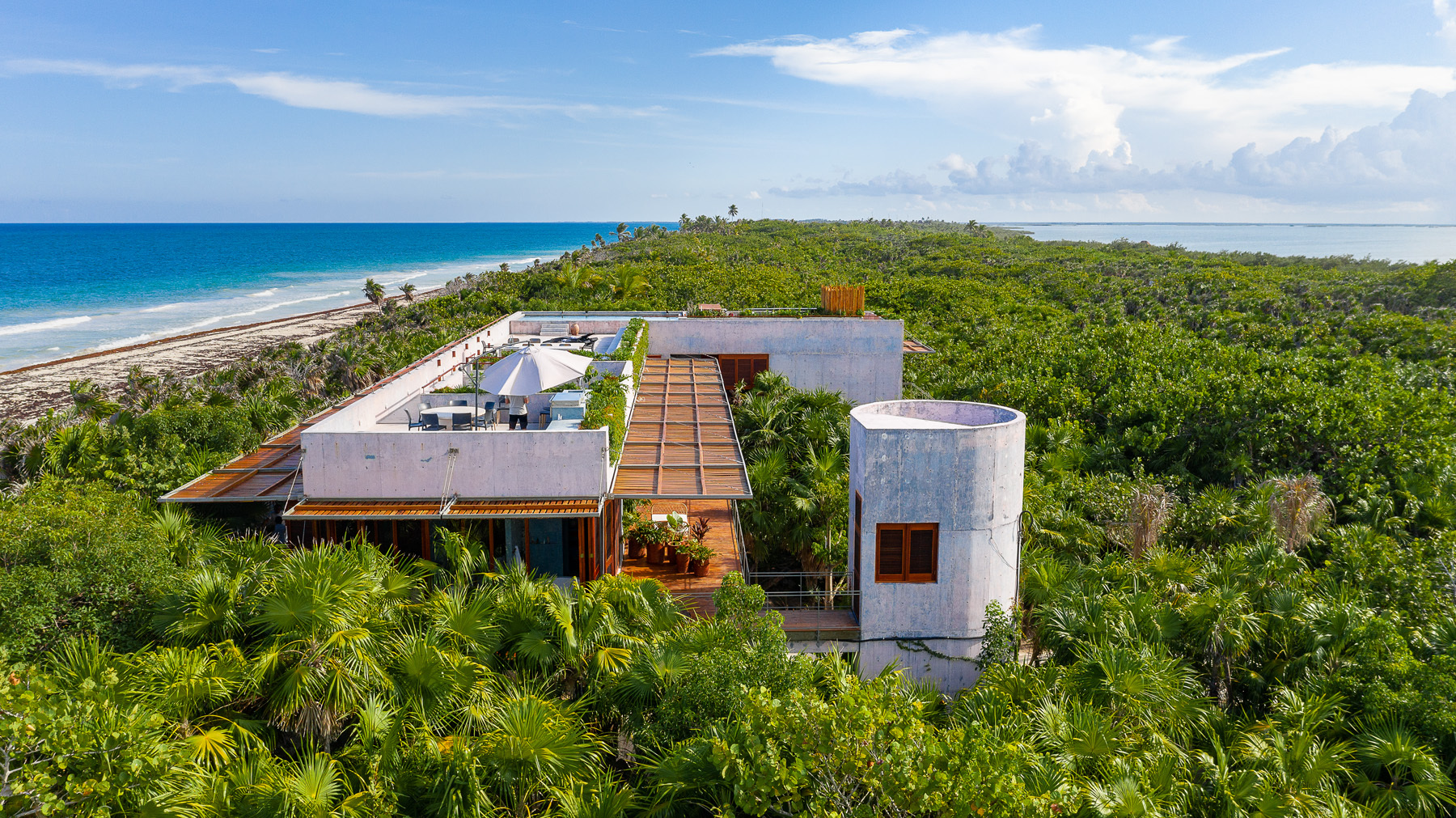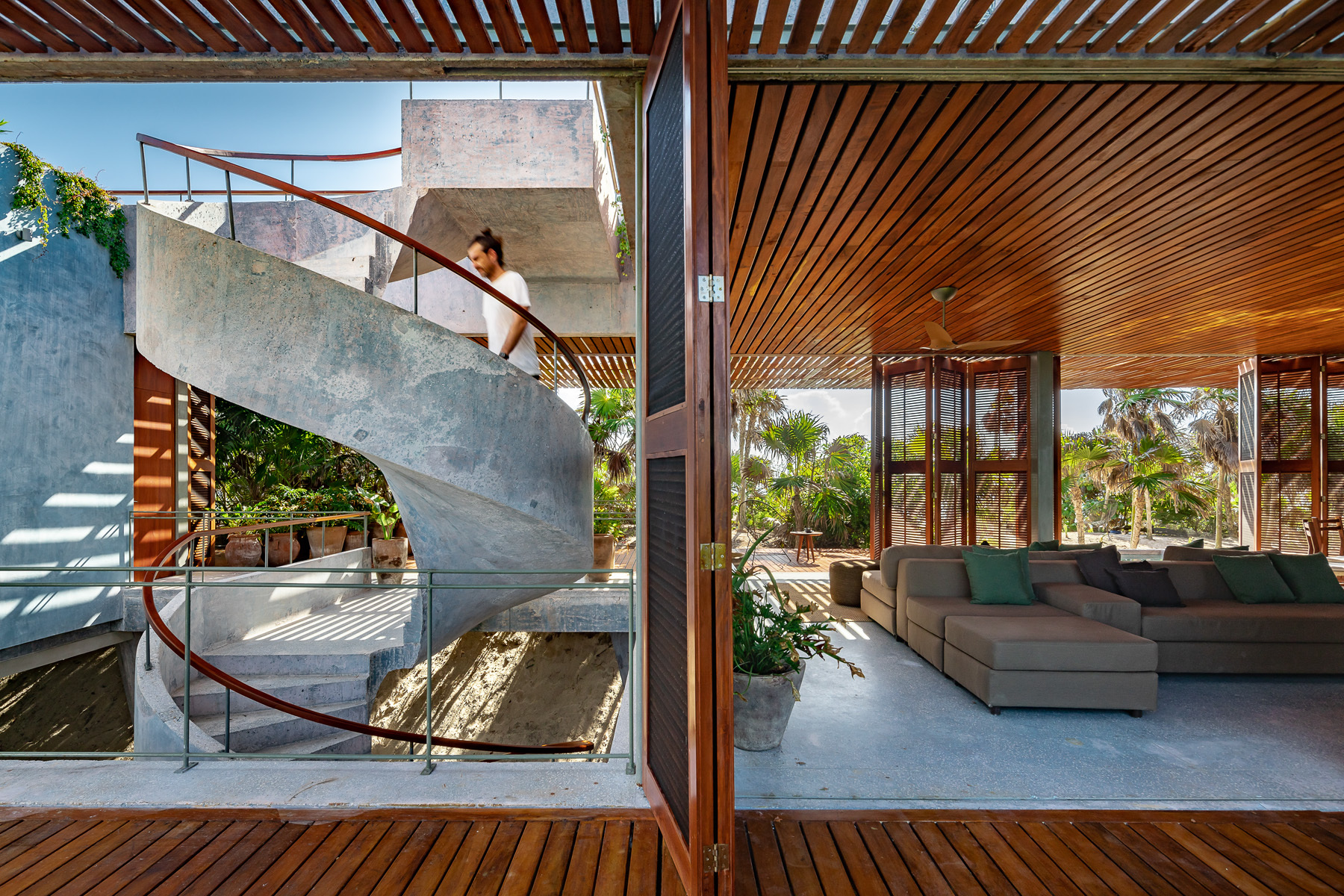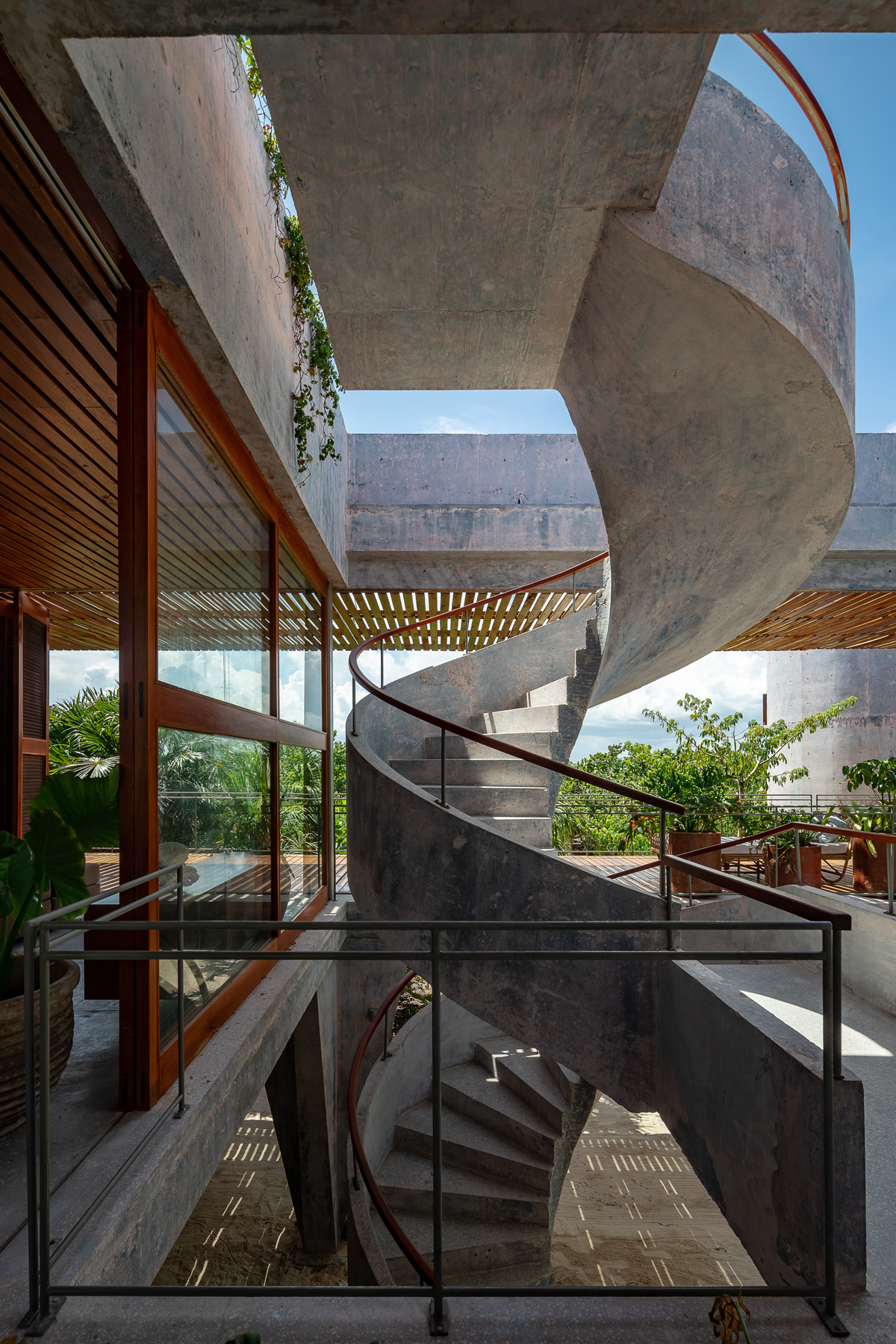Building with pigmented concrete is taking off these days. The mere idea of introducing color into architecture can be a game-changer. However, when it comes to concrete, some think it is inevitably a shade of grey—the ingredients used in the traditional mixture of concrete naturally lead to the grey color, this is true, but little interventions can be made to incorporate color into this versatile material. These interventions include stain, dye, and pigments. Opting for the latest gives concrete a more stable color because it is added during the mixing phase.
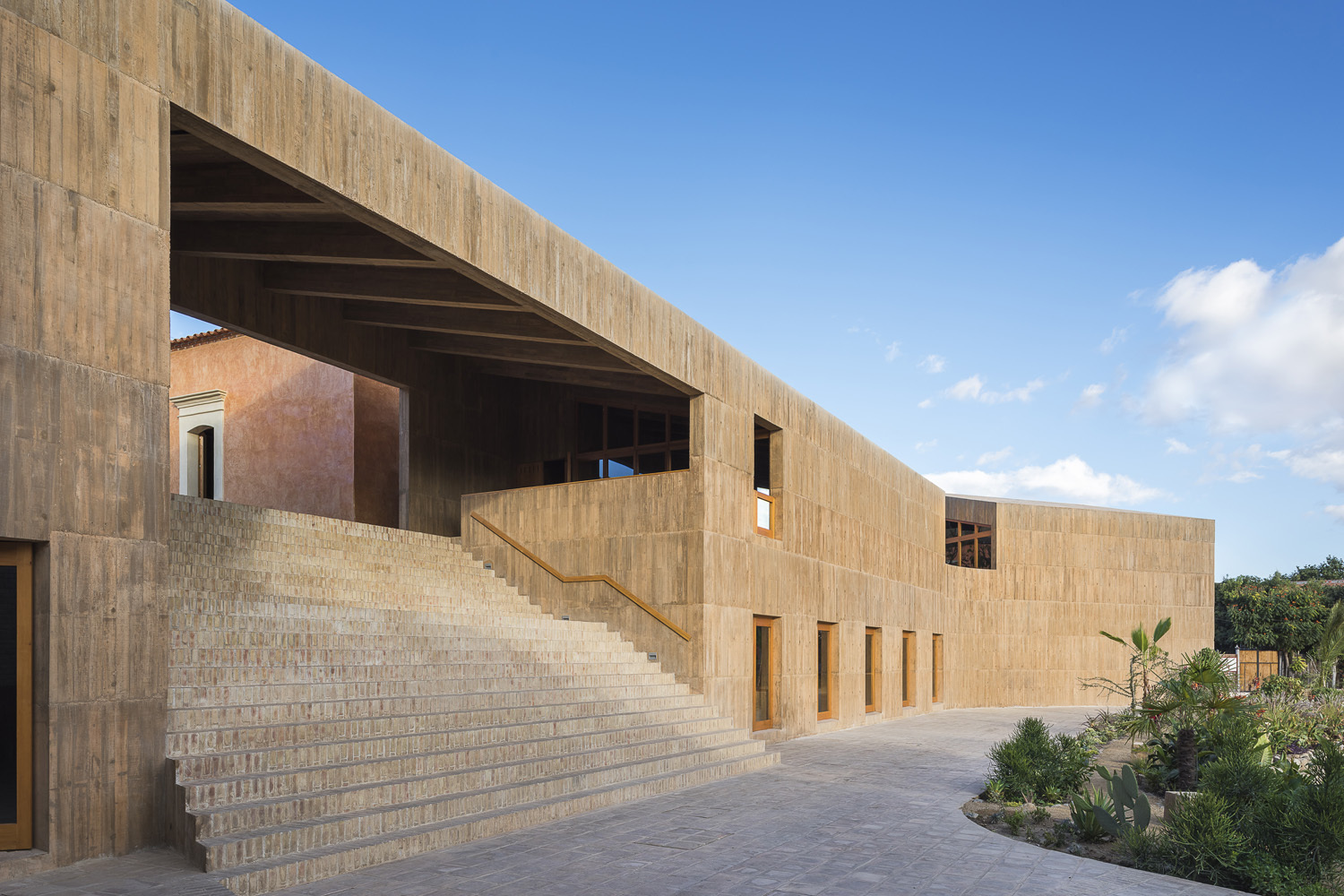
Centro Cultural Comunitario Teotitlan del Valle by PRODUCTORA. Image by LGM Studio – Luis Gallardo
Using pigmented concrete can achieve beyond just color—it can create contrast, accentuate the building in its context, or even blend it with the theme of its surroundings. The option of pigment just adds to the versatility of concrete.
What is pigmented concrete?
Pigmented concrete is one type of colored concrete achieved using pigments. Concrete pigments are iron oxide pigments and they come in the forms of dry powder or liquid matter, and they are added to concrete during the mixing phase to create integrally colored concrete. Other methods of coloring concrete, including dye and stain, can be applied on already hardened concrete surfaces, but will not result in an integral color for concrete.
Cement, gravel, sand, and water -traditional ingredients of concrete- will naturally result in the grey color because of the color of cement, which is the dominating element in concrete. But the good news is there is a wide range of shades to choose from when opting for integrally pigmented concrete, you can even create very specific shades to match your design concept.
Iron oxide results in warm shades including yellow, red, and their derivations. While chromium cobalt oxide results in the cooler shades; green and blue. Entirely black concrete is achievable as well, using black iron oxide and carbon oxide combined with pozzolanic cement.
Also read:- best architectural design software
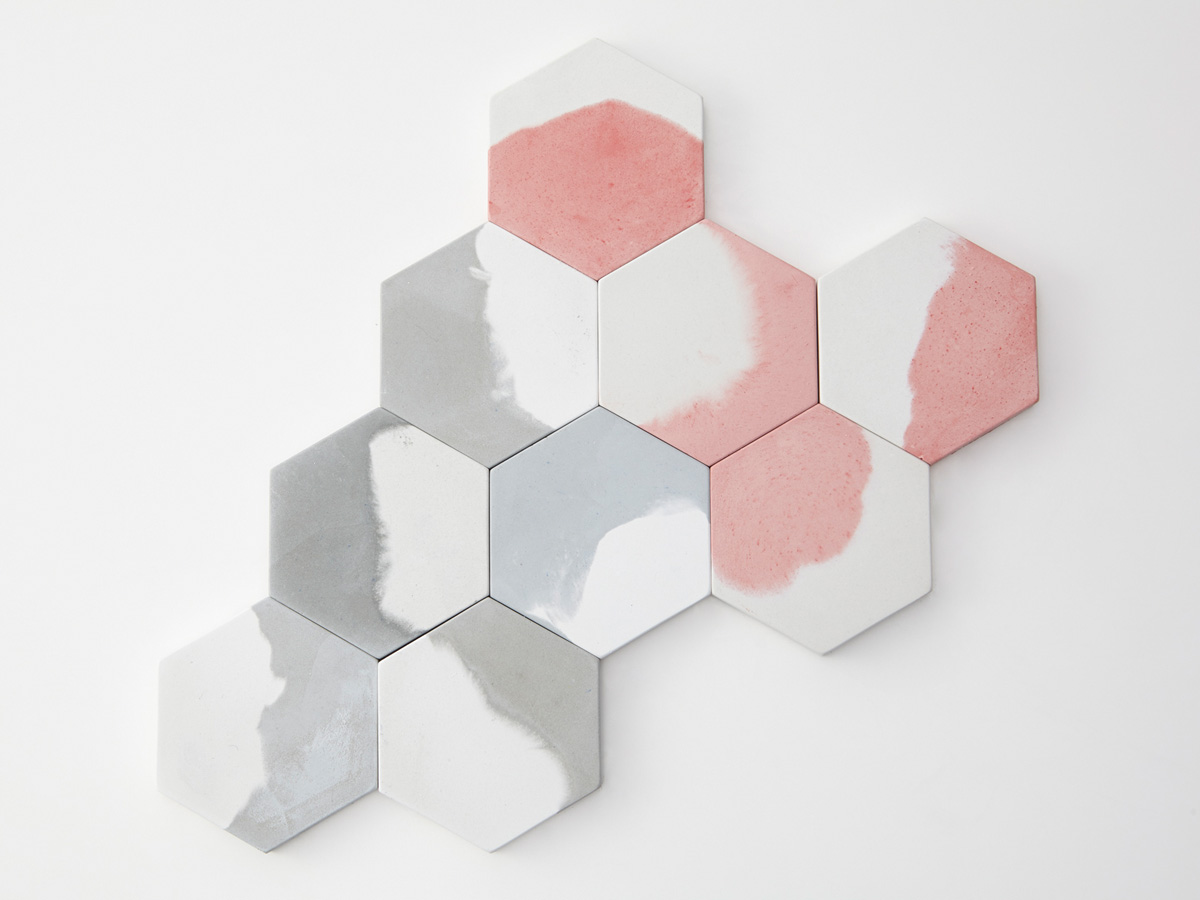
Pigmented Concrete Tiles – Courtesy of Japanese designer Kazuhiko Hayakawa and EXPERIMENTAL CREATIONS
Where to use pigmented concrete?
Pigmented concrete is just a colored version of the material—pigments do not affect its quality or functionality. Hence, pigmented concrete can be used in any known concrete application; facades, slaps, floors, decorative applications, and more.
The aesthetic functions of pigmented concrete include reaching a uniformly colored tone of concrete with no variations and establishing a base shade to create more definite color layers.
Advantages of Pigmented Concrete
- Pigmented concrete is not affected by surface abrasion.
- Heat and ultraviolet light exposure would not likely fade the color of pigmented concrete away.
Examples of Building Used Pigmented Concrete
Also read:- best architecture design tips
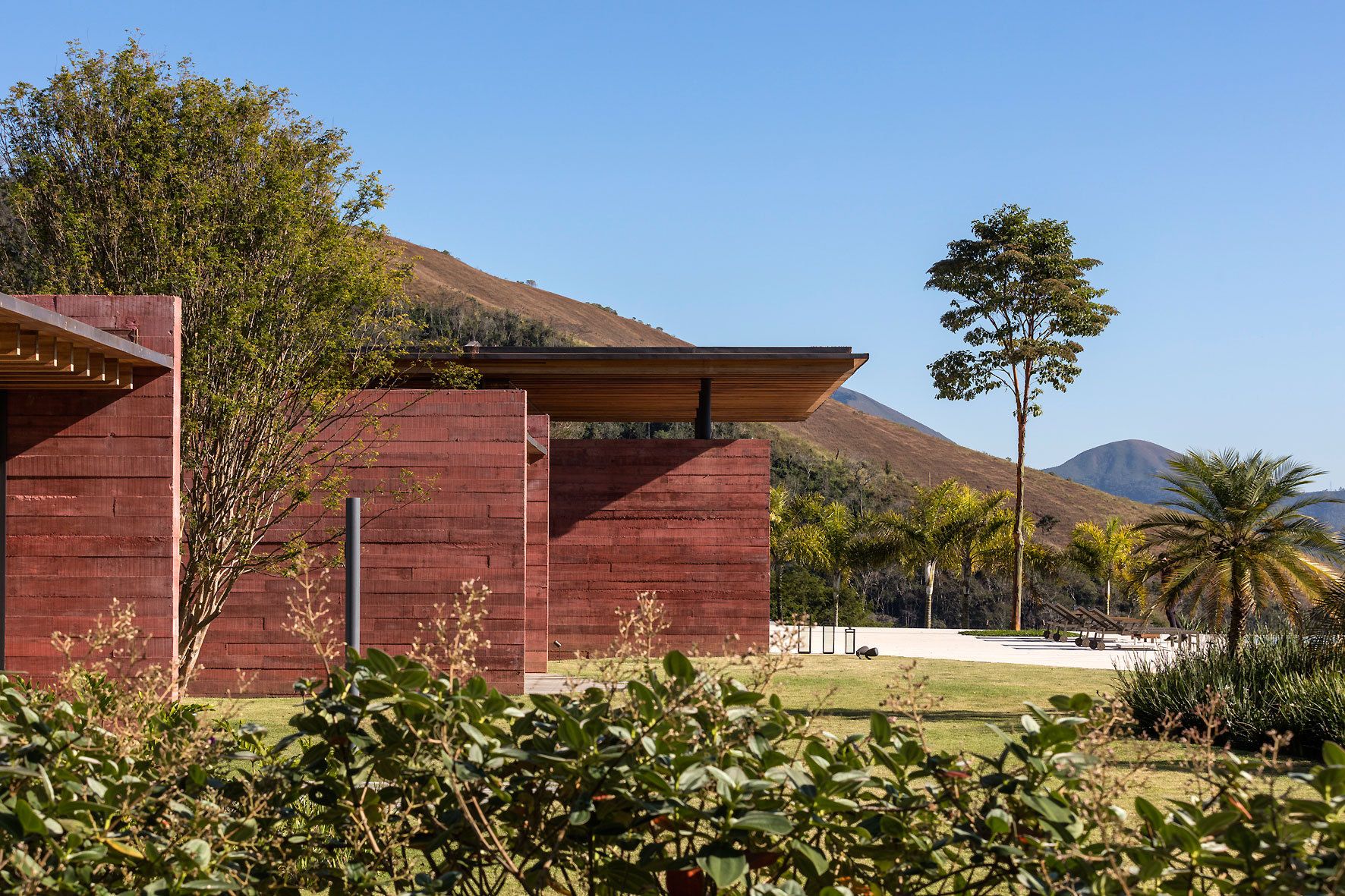
Photography by Leonardo Finotti
The 1000 square meters Casa Terra in Brazil by Bernardes Arquitetura is the result of interconnected and parallel walls made of pigmented concrete. The red and brown pigmented concrete walls accentuate the house within the cool tones of its natural context of mountains, while the blocks create a monochromatic look that articulates the pigments’ shades.
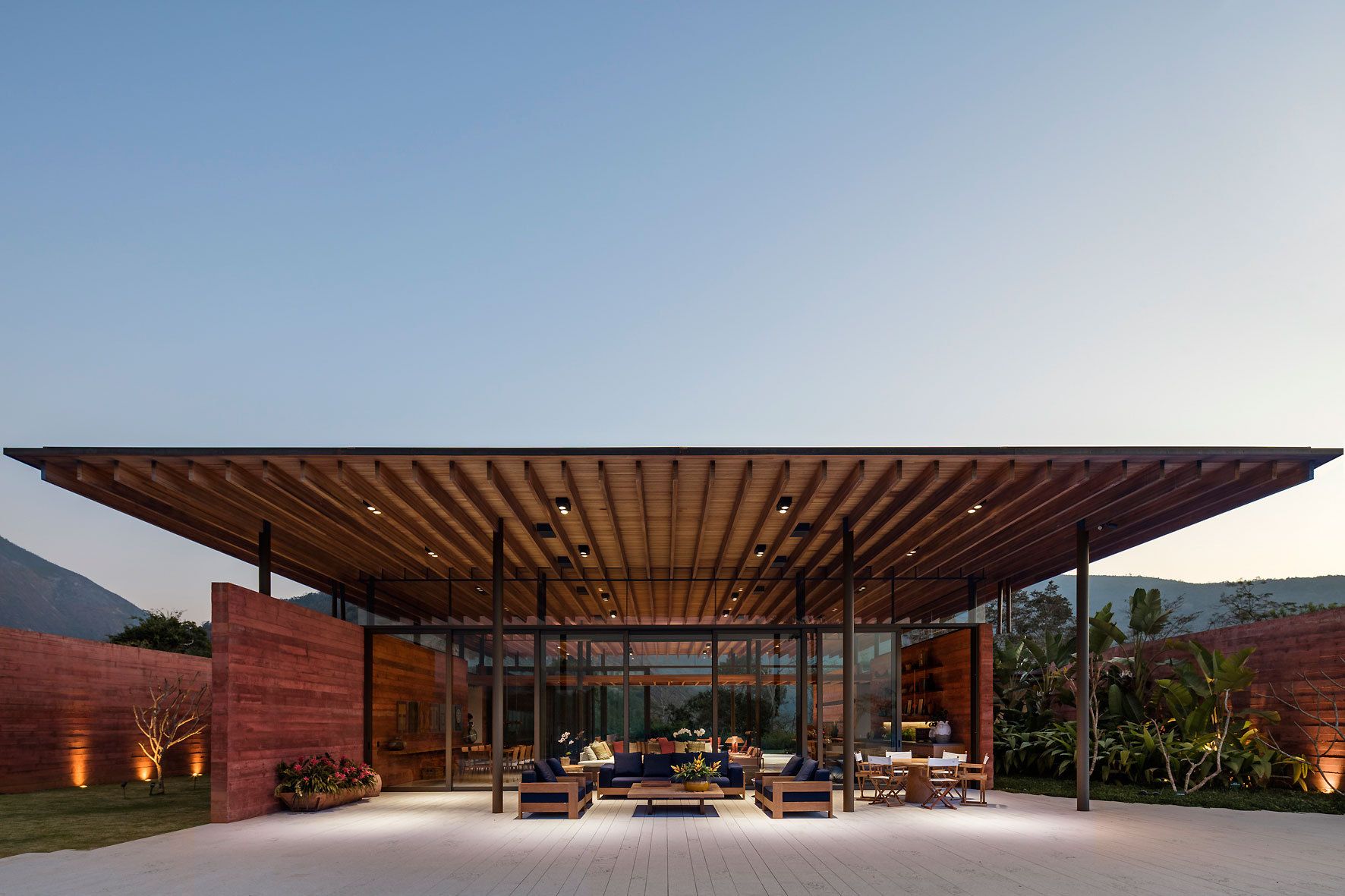

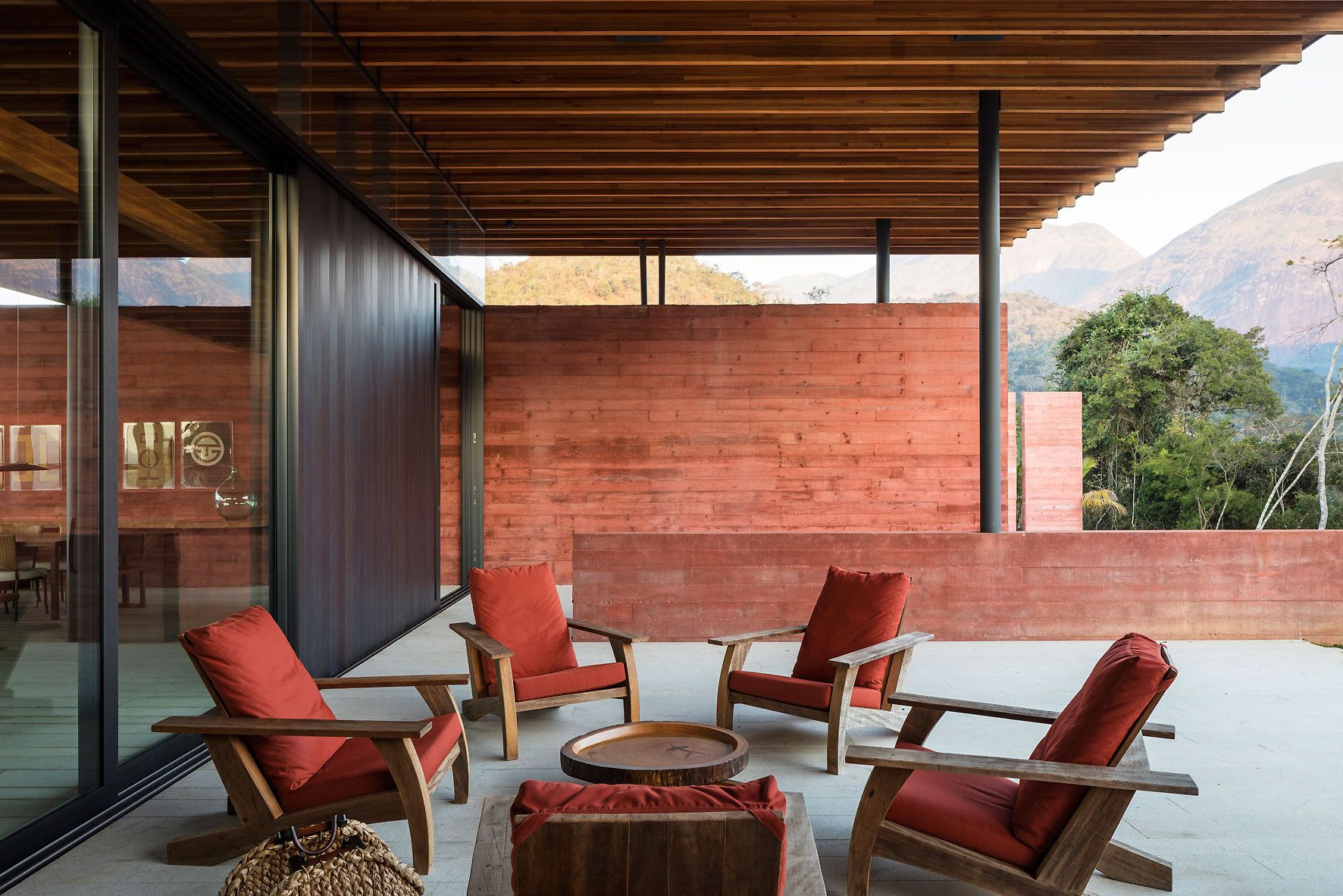
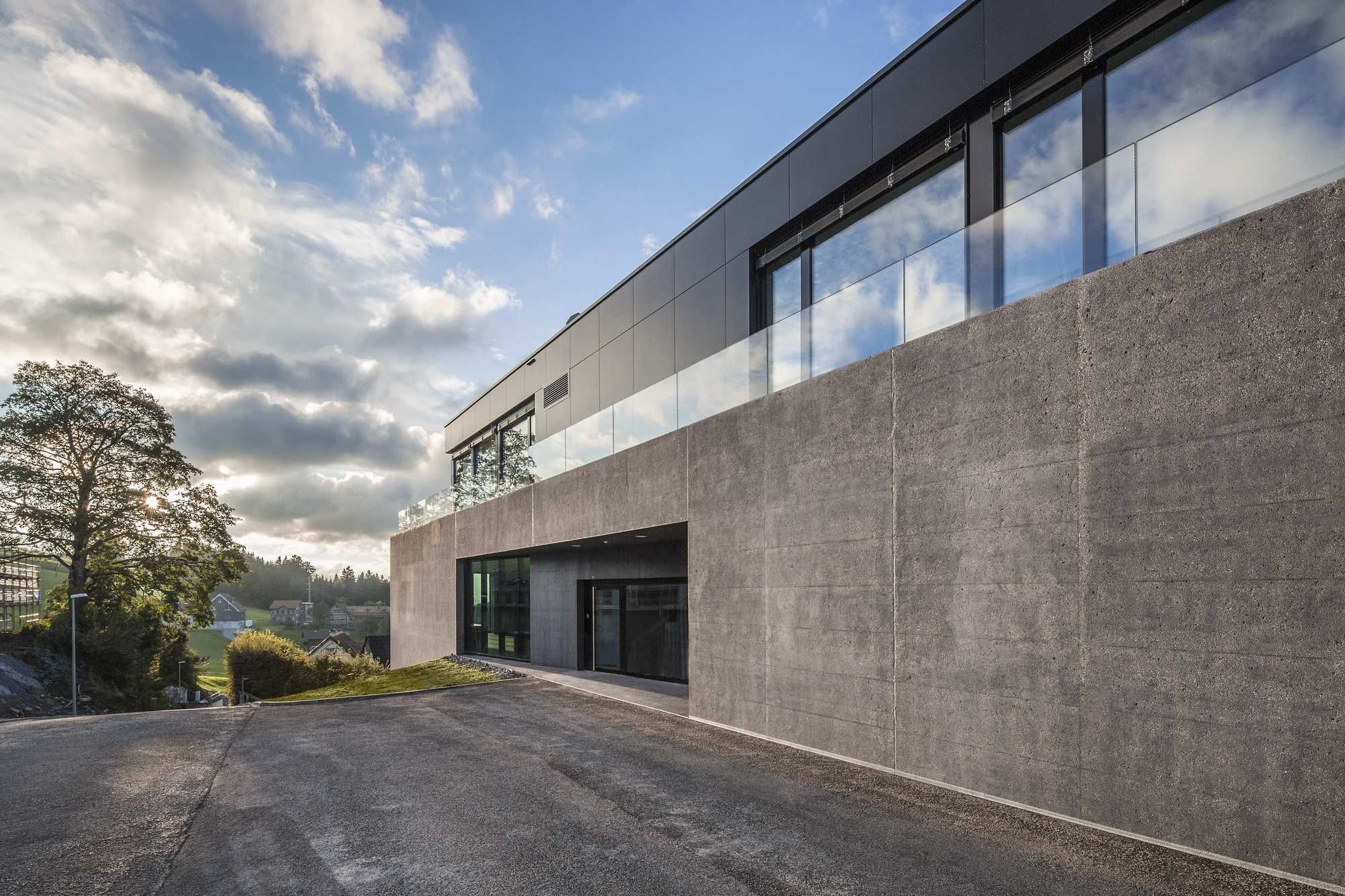
Photography by Petra Rainer
This ophthalmic clinic is designed to grab attention to the importance of its historic site that witnessed the independence of Switzerland—hence the designers developed a rock-like volume that resembles the steadiness of these times. The black-colored fair-faced pigmented concrete blocks strengthen the stone-like character of the building.

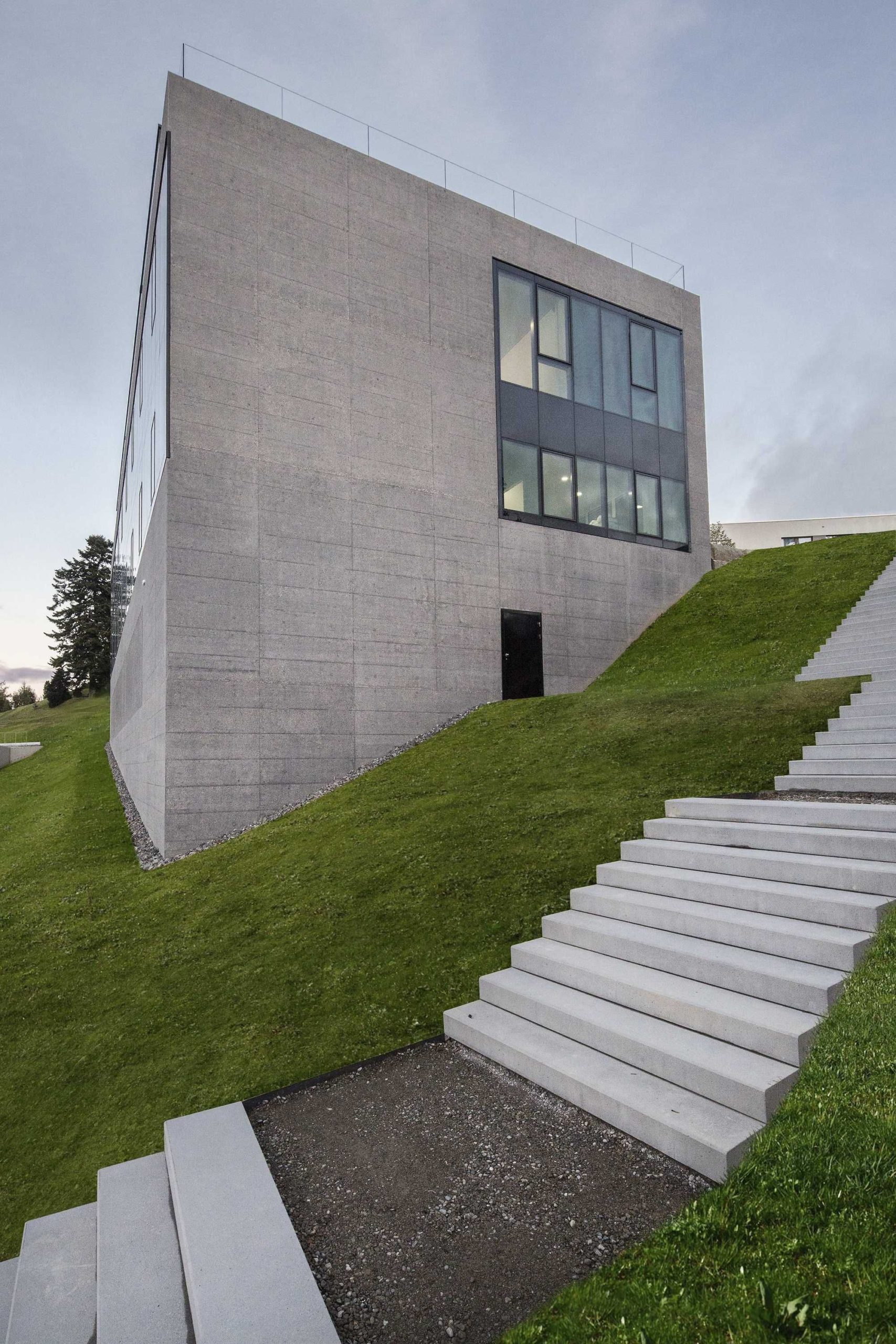
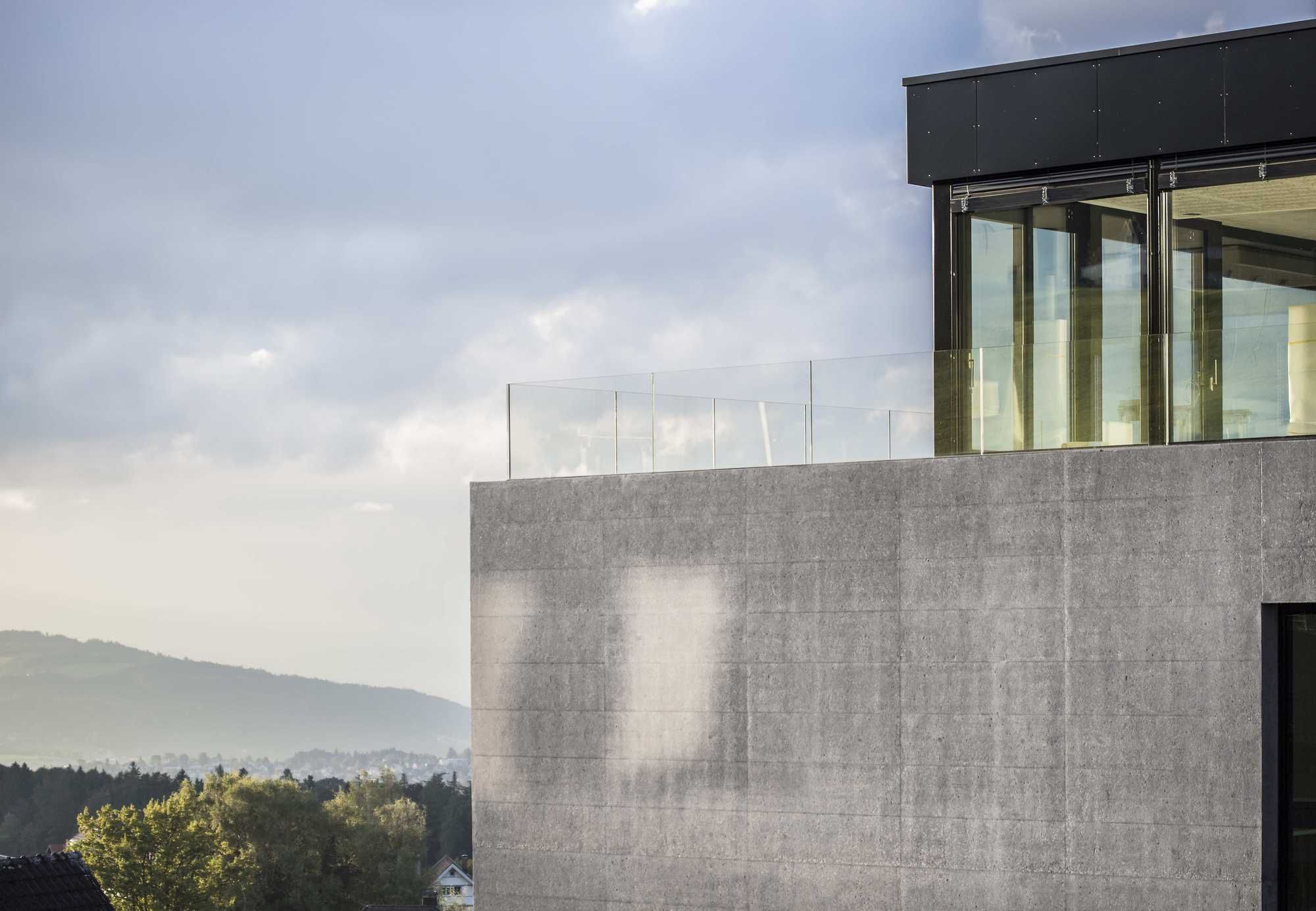
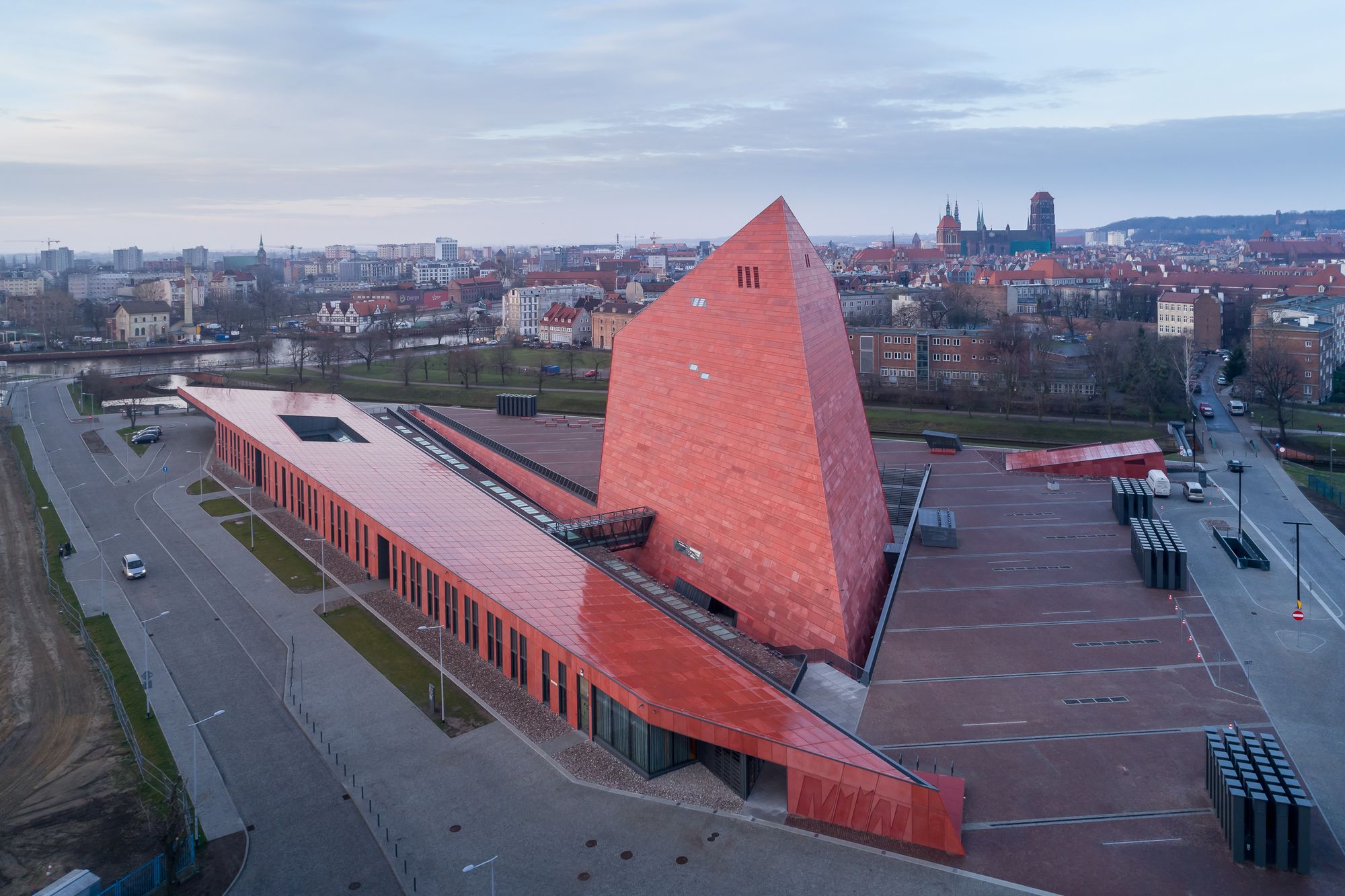
Photography by Pawel Paniczko
The whole envelope of this museum in Poland comprises terracotta-red concrete panels that contrast with and accentuate the fully glazed entrance facade.
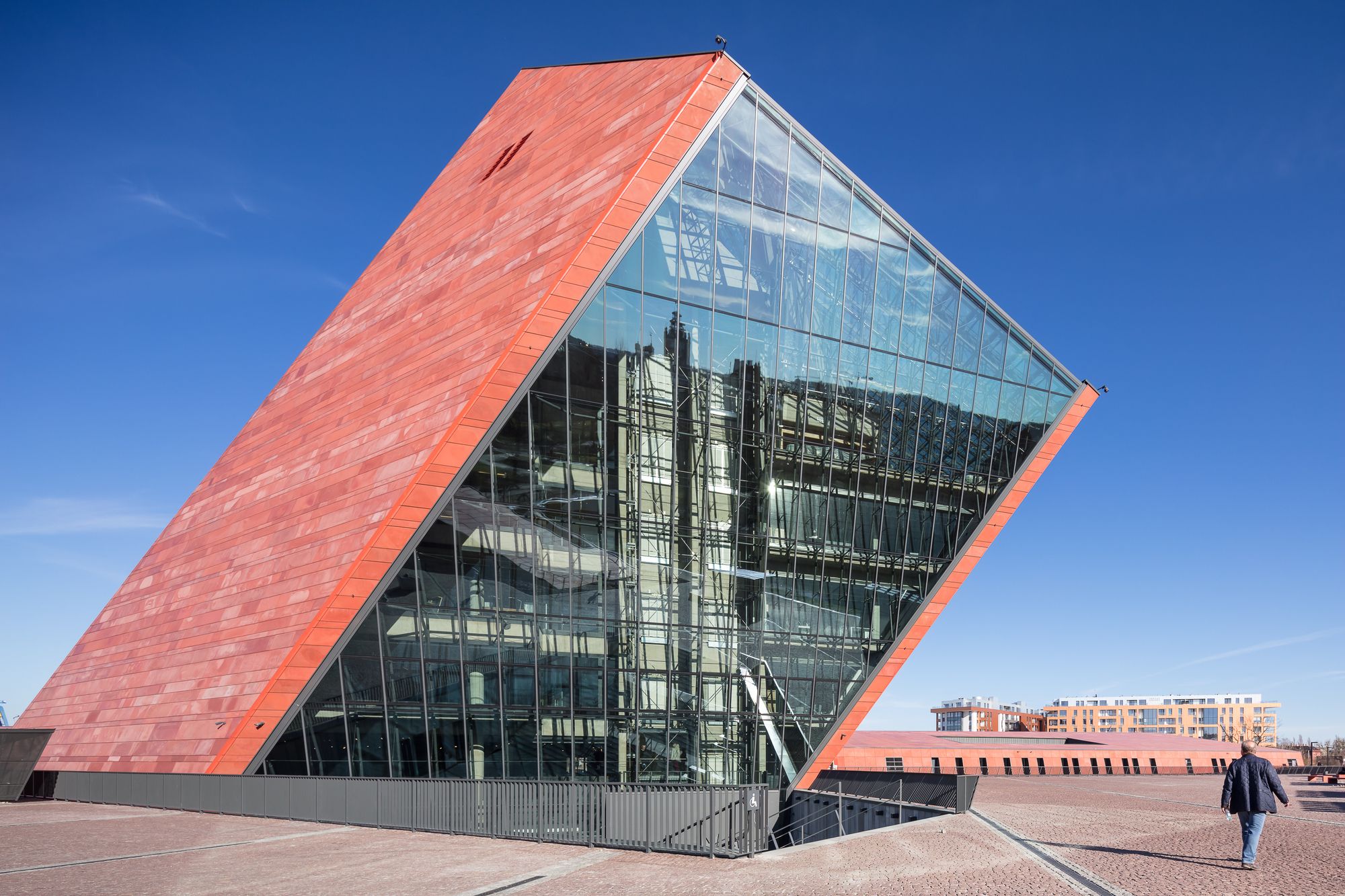
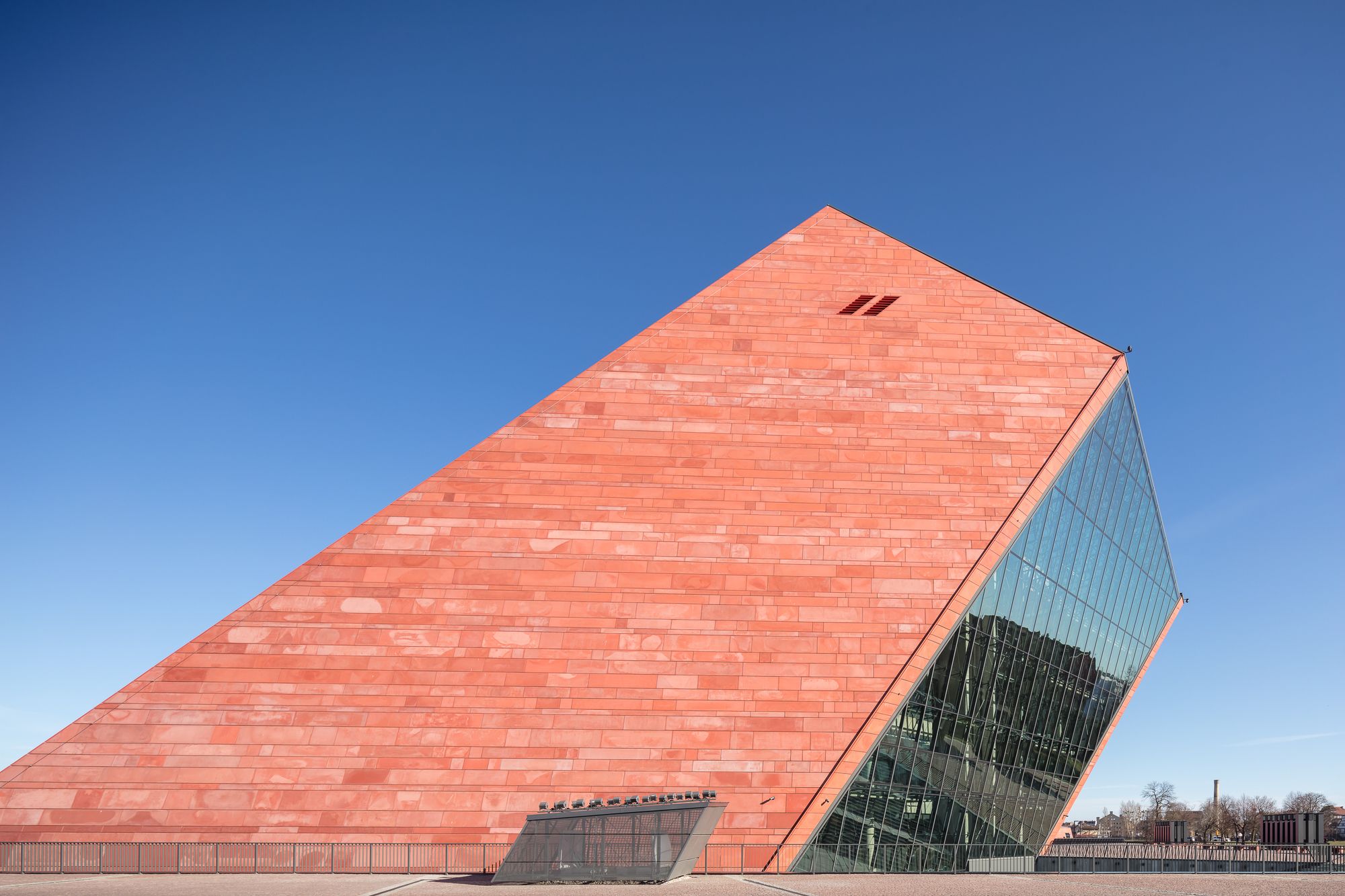
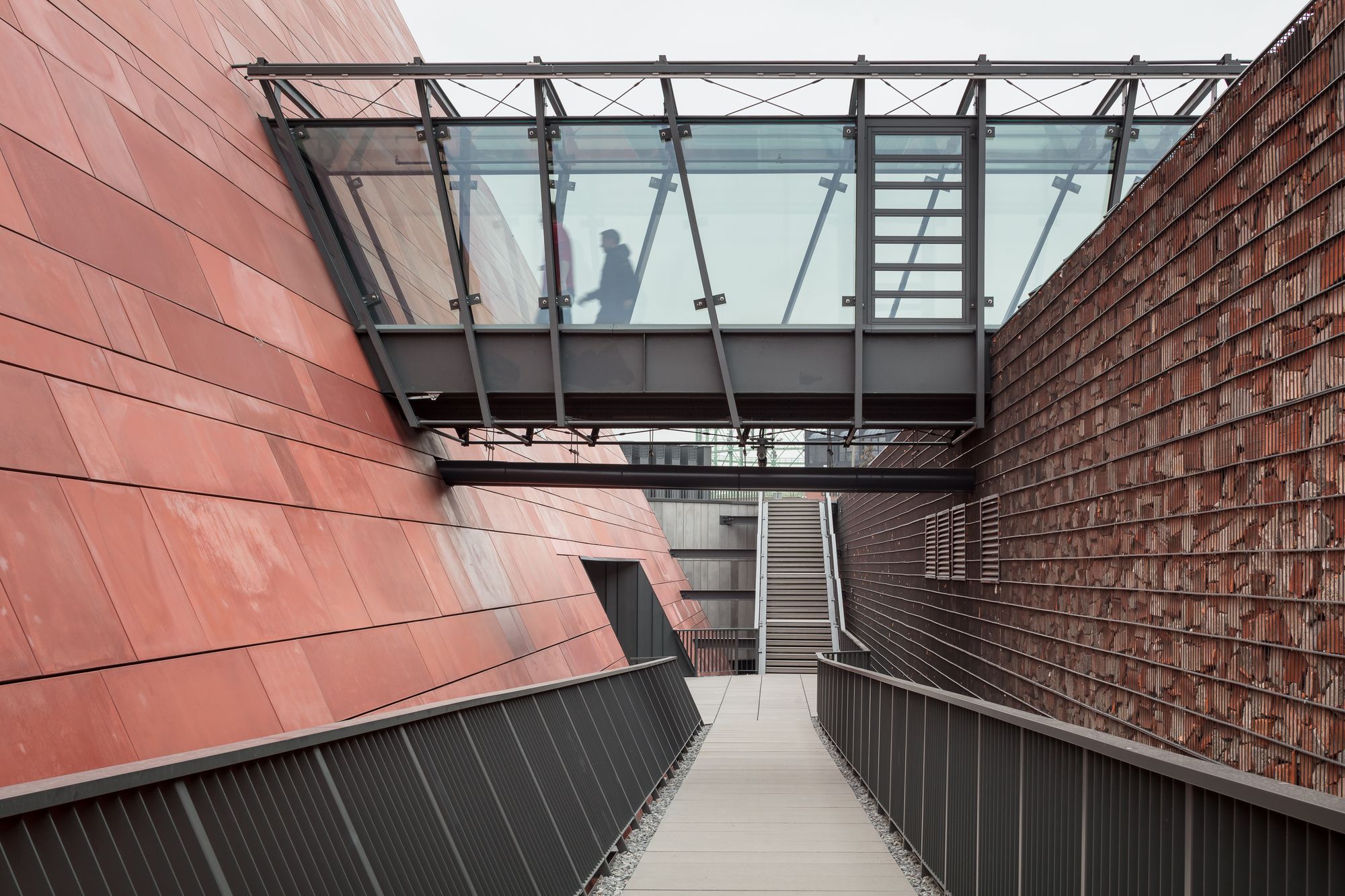
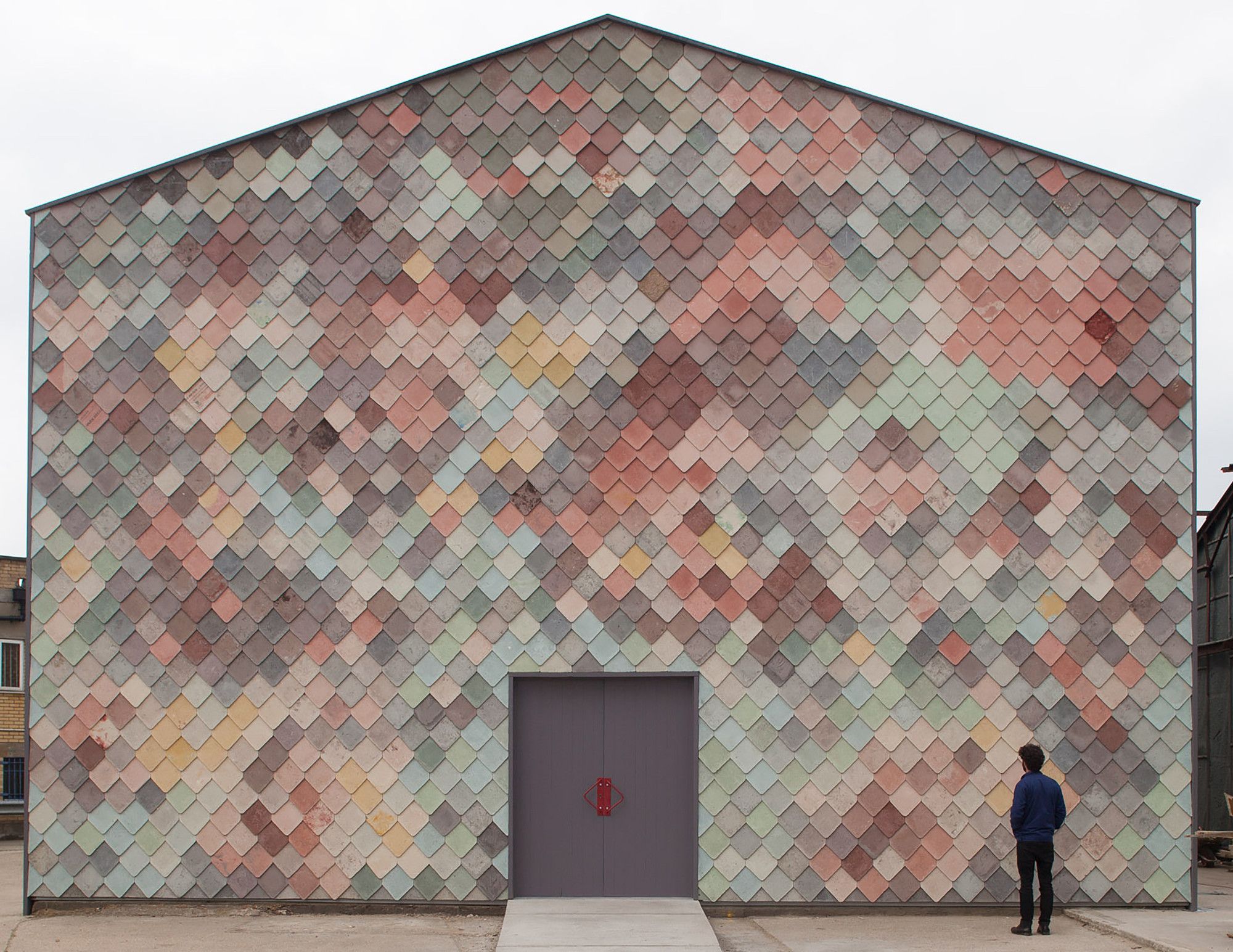
Photography by David Grandorge
The facade of The Yardhouse in London displays colored concrete tiles that give the building a unique look. The pastel pigments were added to the concrete tiles that were handmade on-site and colored randomly.
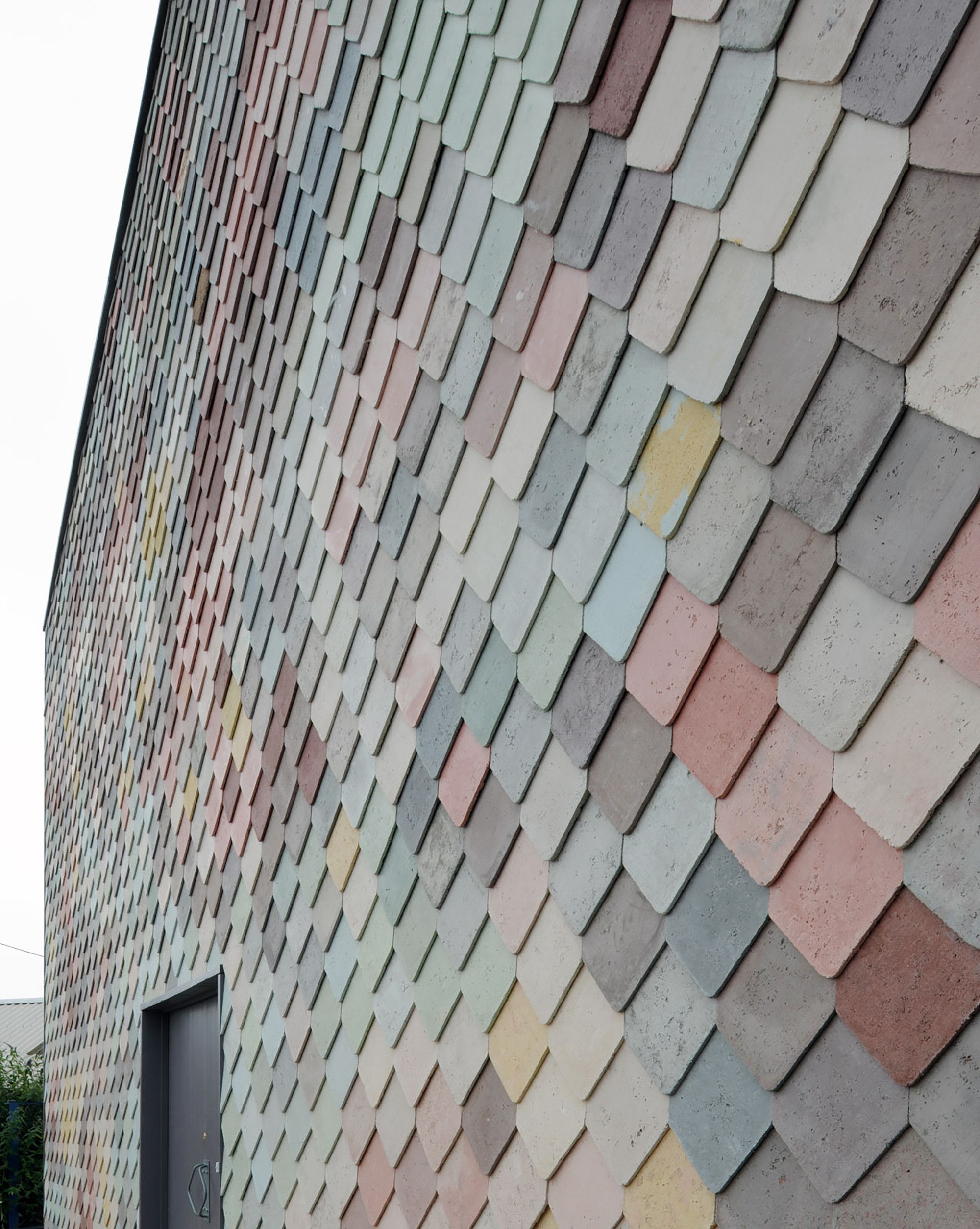
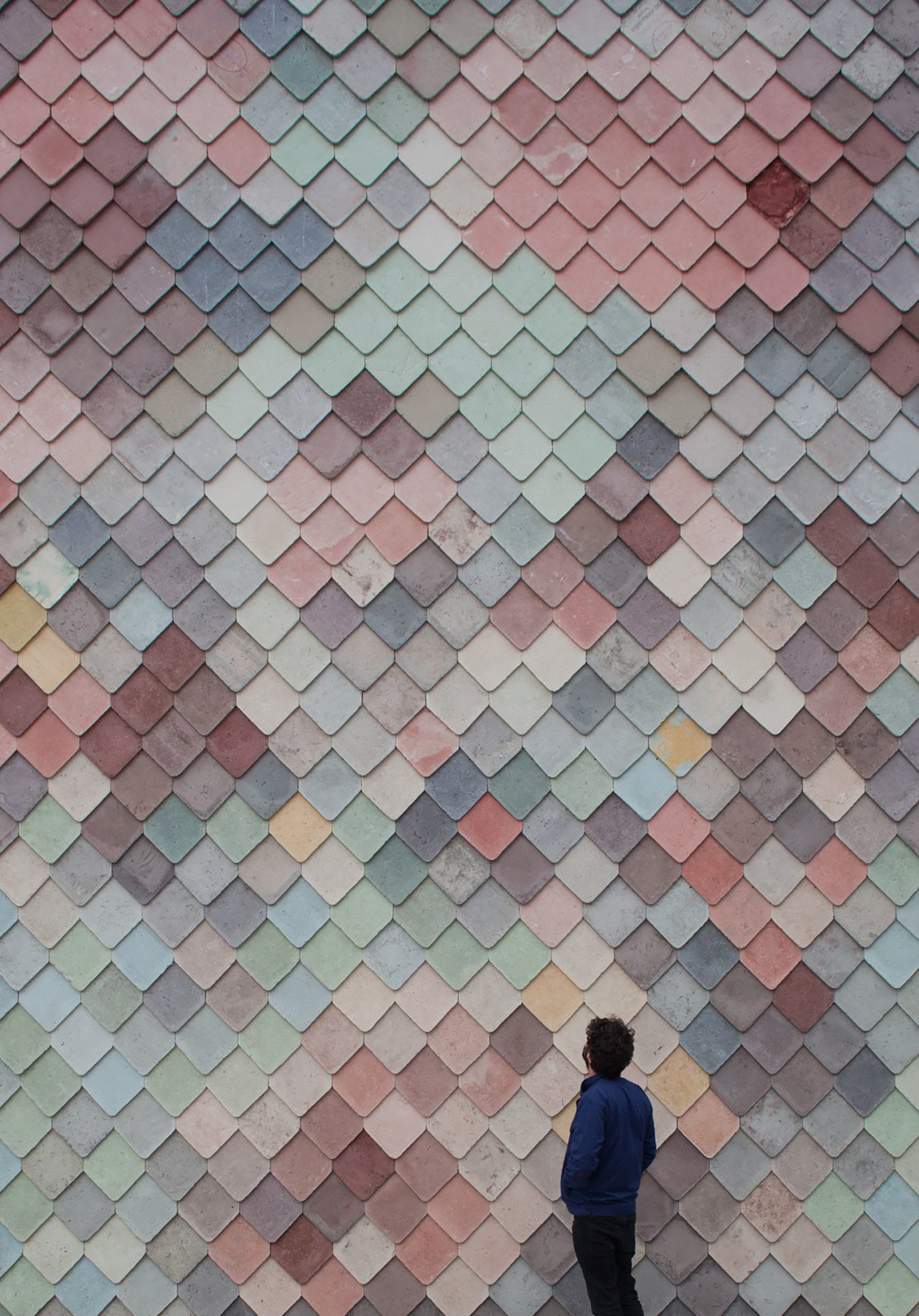

-
House in Red Concrete | Sanden+Hodnekvam Architects
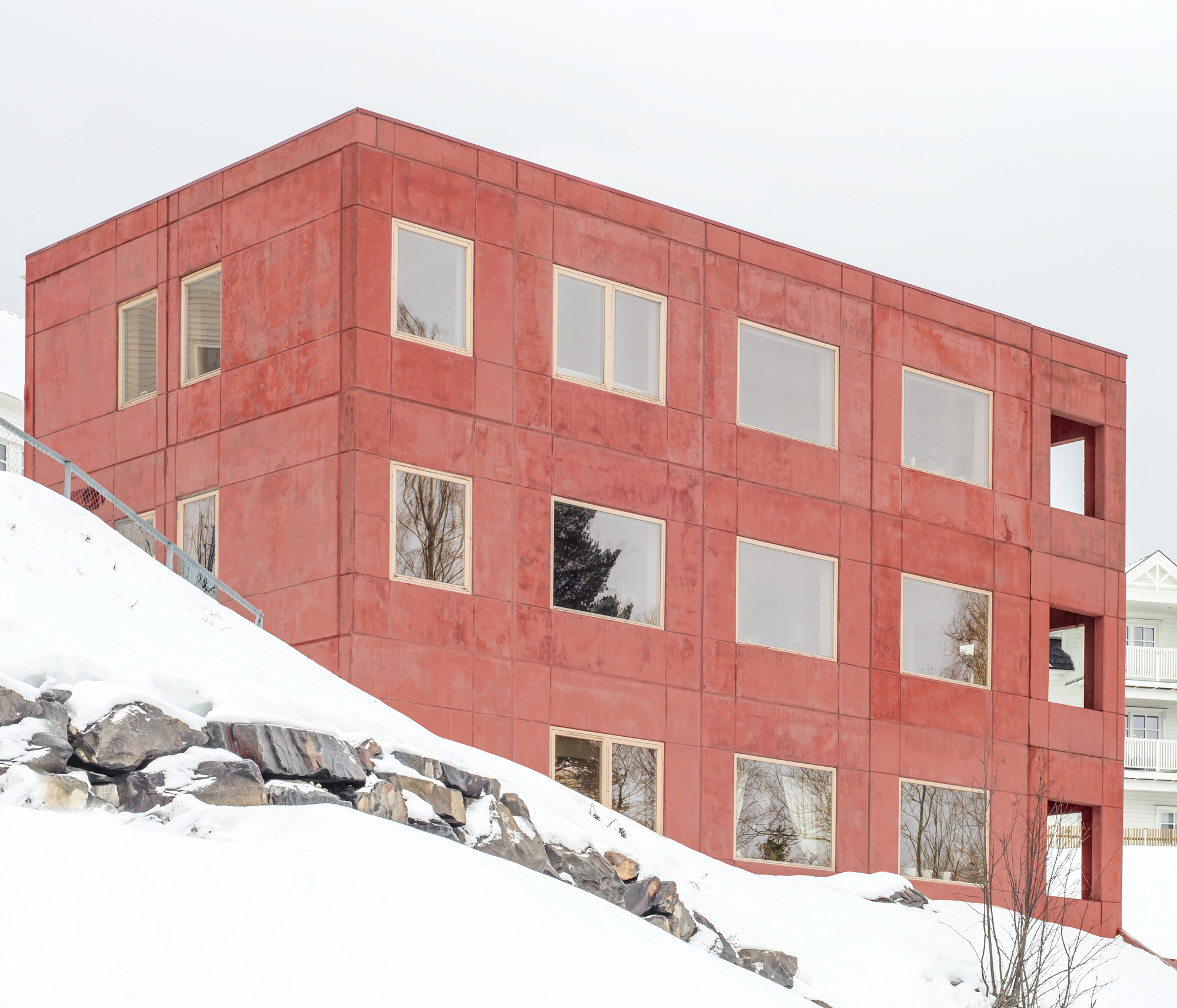
Courtesy of Sanden+Hodnekvam Architects
House in Red Concrete in Poland was made of prefabricated concrete elements covered with an outer layer of pigmented concrete. To create a distinct red color, iron oxide was added to the concrete mixture.

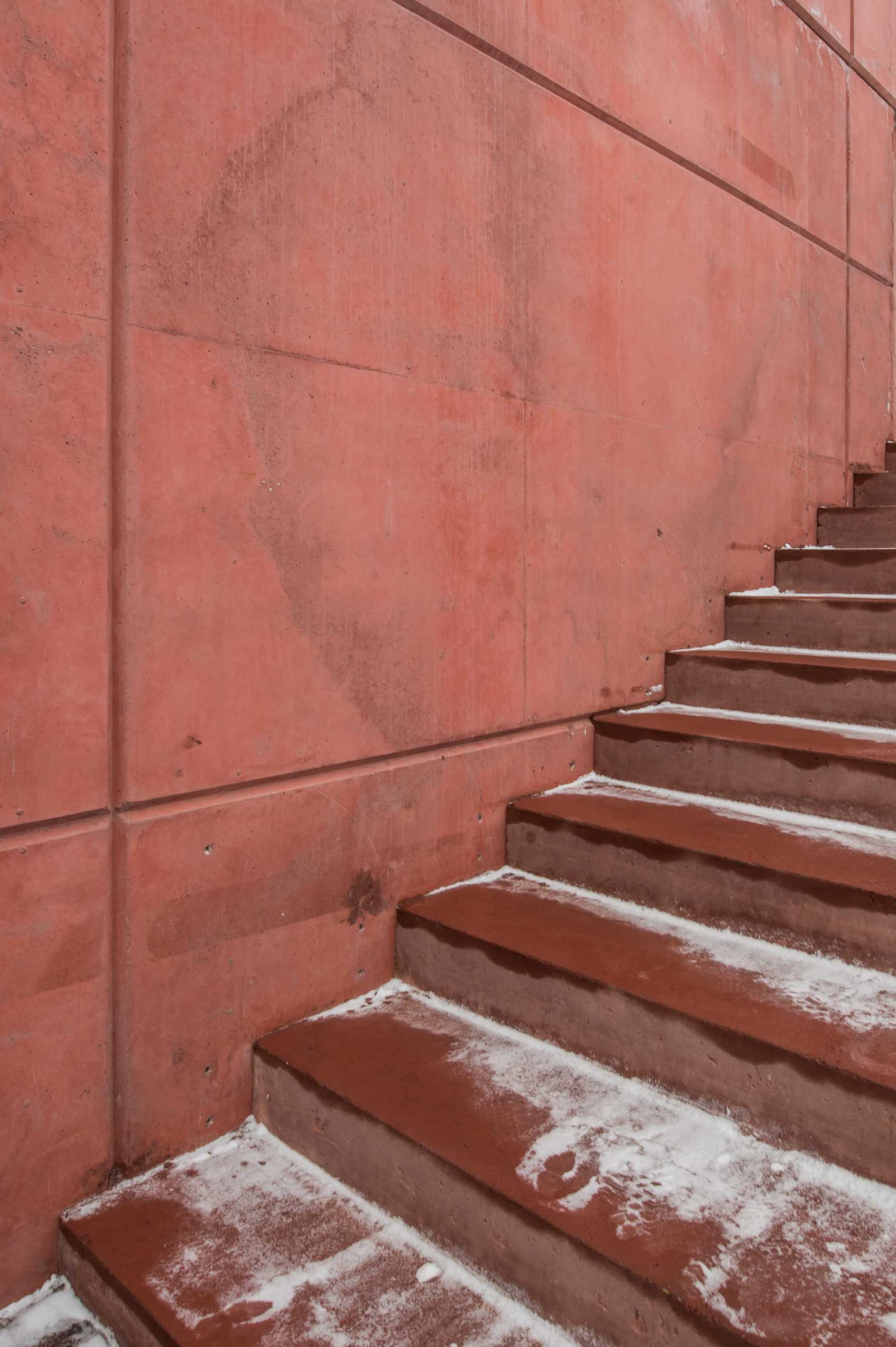
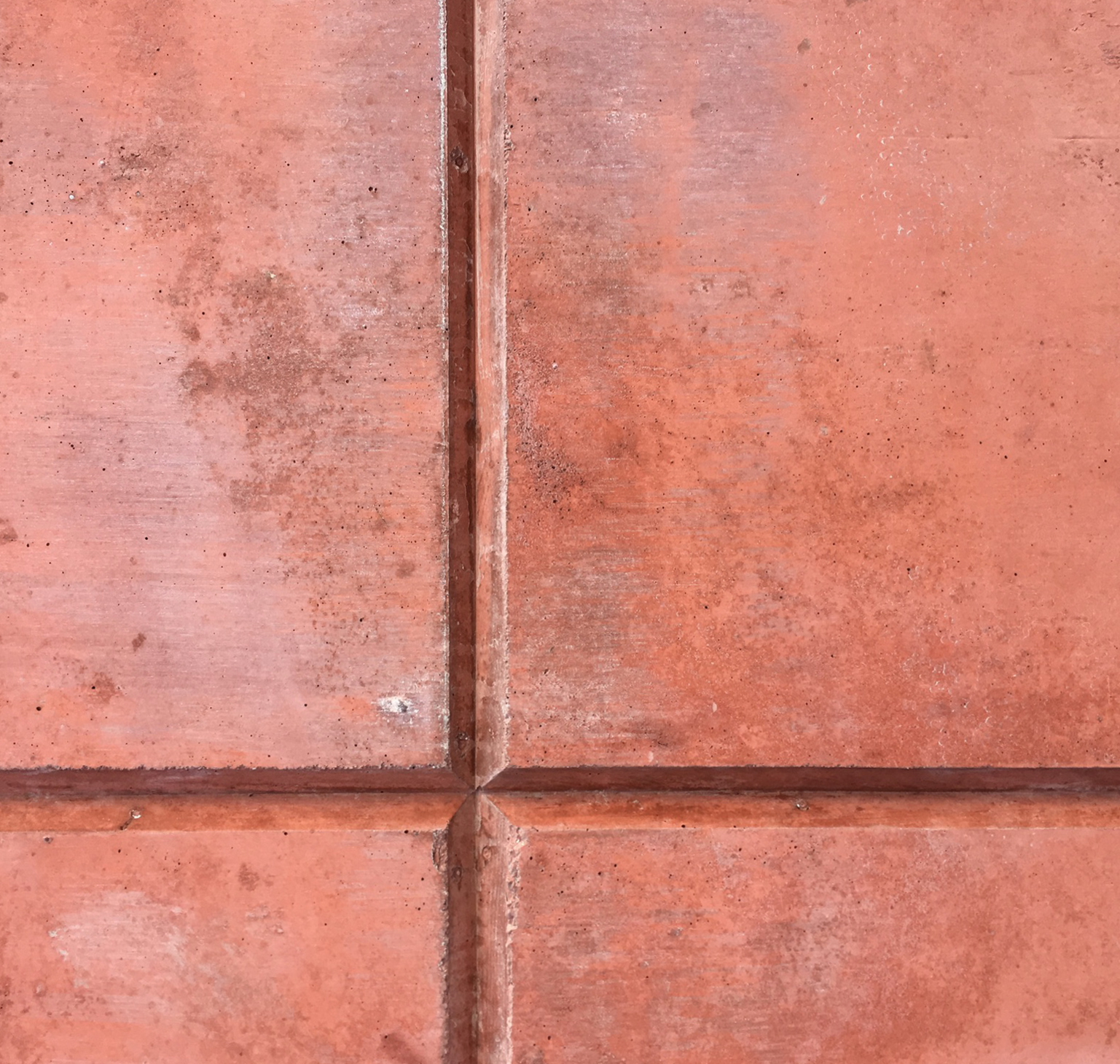
-
Bautista House | PRODUCTORA
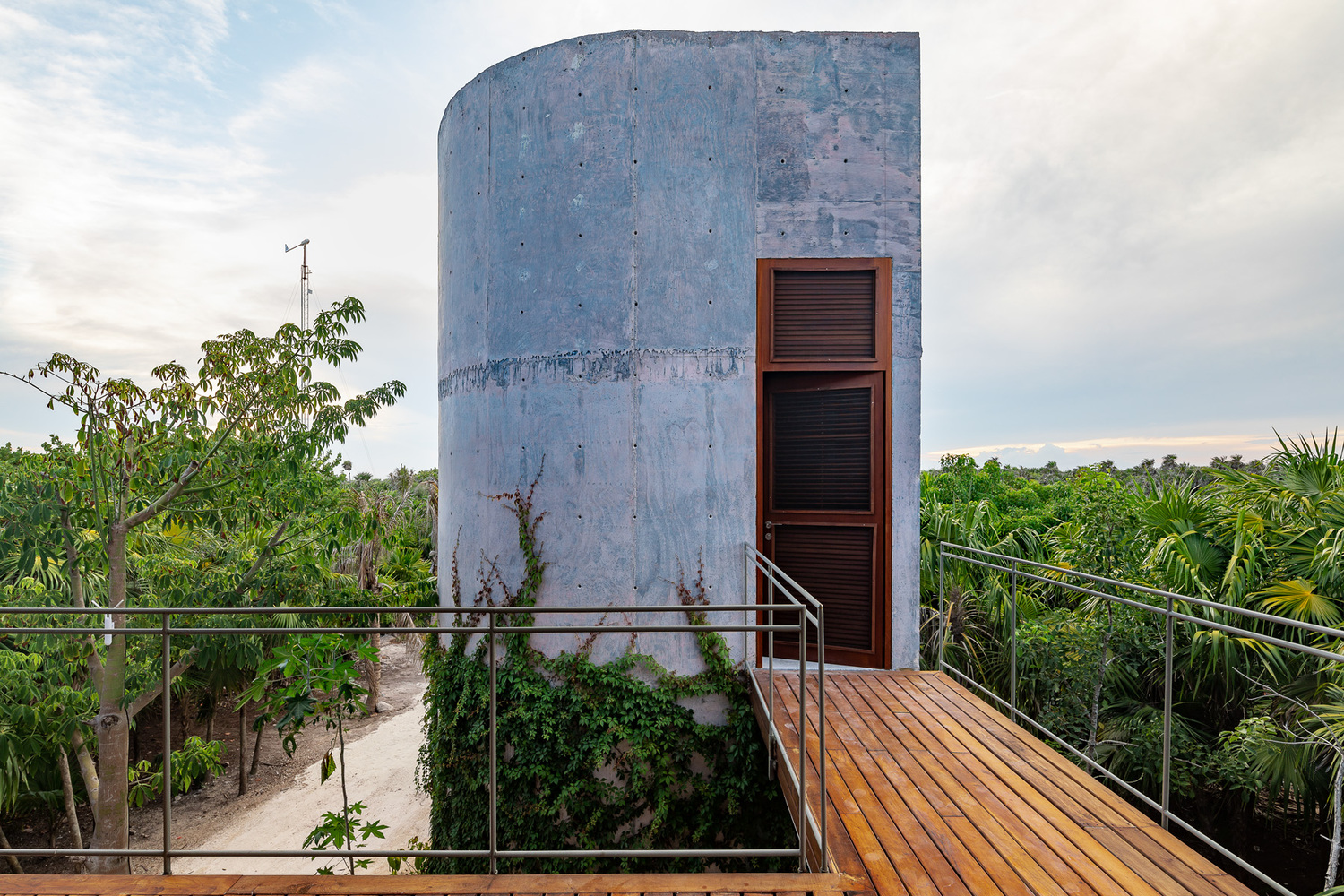
Photography by Onnis Luque
Bautista House in Mexico was fully built of a blue color concrete by adding a mixture of iron oxides, chromium, and cobalt. The beauty of this building is that it reacts to its context—the blue color creates tones of ocean blue and sunset pink when exposed to the sun.
